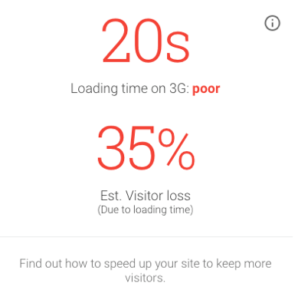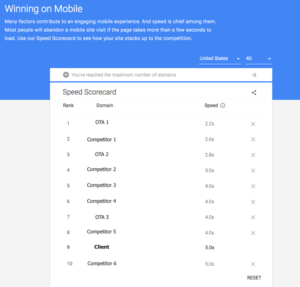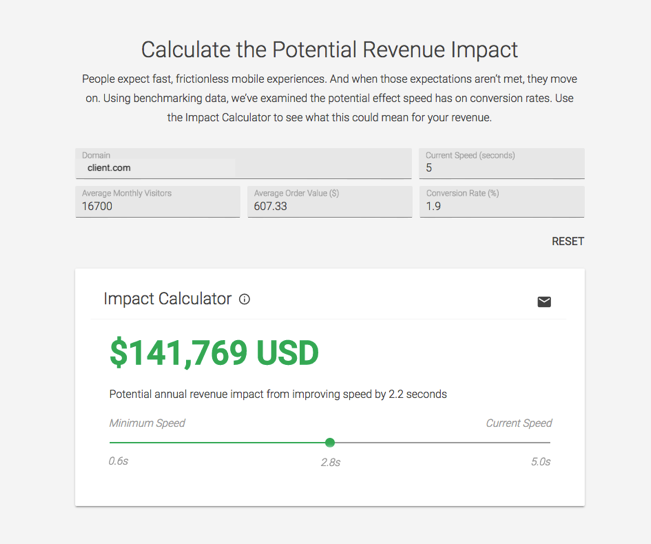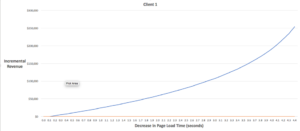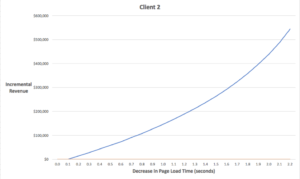The Key to Effective Digital Marketing: Delivering Great Content
“Content” is the trendy new word that’s been sweeping the digital marketing space for the last few years. Hundreds of webinars and thousands of blog posts have mentioned the topic, continually hitting home on how important it is to not only deliver good content but deliver great content. But to understand how to deliver great content, it’s important to understand what “content” is.
Content is every post, picture, piece of copy, or story you are trying to tell through your marketing efforts, it is everything you share with your audience. Rebecca Lieb likened content to the “atomic particle of marketing.” There is no marketing without content, regardless of channel. Creating effective and engaging content is the best digital marketing strategy you can adopt and is the foundation for digital marketing success.
IT’S NOT ABOUT YOU
Perhaps the first and most important thing to understand about delivering great content is this: it’s not about you. Content marketing is about your audience. In another post, we talked about boosting engagement with email marketing campaigns. One of the suggested steps is to ask yourself “Who am I targeting and what interests them?” This applies to any form of content marketing. If you aren’t considering who you are trying to market to and what they want, your content is going to fall flat. That being said, it’s still important to maintain your voice.
In a webinar from Skyword, one of their first steps to good content marketing is understanding your “why?” When we say “why”, we are referring to why you’re creating content in the first place. What do you want to give people? What do you want them to know about you? Why do you want them to read your content? One of the best content marketing campaigns of 2016 belonged to Deadpool. Everything from pre-release to post-release was crafted with the singular purpose of conveying to the reader that Deadpool was in no way, shape, or form, your regular superhero movie experience. Below is one of the many movie posters created for the box office hit.
Deadpool was, at its core, a satirical superhero movie with heart. In a world inundated with superhero after superhero, audiences were clamoring for something different and that’s exactly what Marvel gave them with Deadpool and it was their “why” for their content marketing strategy. Understanding your why is key to developing good, actionable content because it serves as a constant reminder of what you want your audience to know about and learn from you while still keeping them at the heart of your campaign.
LEVERAGE YOUR ENVIRONMENT: DIGITAL AND PHYSICAL
So now that you know why you’re delivering content, how do you create or find it? There is a multitude of ways to create engaging content, but perhaps one of the easiest and most effective ways to do this is through leveraging your environment, both digital and physical. The 1888 Hotel in Sydney, Australia rebranded itself as an “Instagram hotel” using its creative and eye-catching interior to develop Instagram devoted spaces and using the Instagram photos and experiences of its guests to adorn its walls, website and social media feeds. Here is one of its website homepage modules promoting Instagram-worthy interiors:
Utilizing hashtags, trending topics or even local and world news and events are all fair game for delivering great content. Find out what your audience is talking about and join the discussion. But remember that content isn’t just external, your guests, employees, and property-at-large are having unique experiences every day.
In 2014, The Lenox Hotel in Boston welcomed 120,000 new tenants to their property: bees. Yes, you read that correctly, they welcomed a colony of bees. The bees were brought in to produce honey that would be used for signature drinks and dishes created at The Lenox’s restaurant and lounge. Rather than just put up notices, GCommerce and The Lenox teamed up to rally behind the bees, creating bee-themed stay packages and content campaigns to generate buzz about the hotel’s unique news. This not only won them a Silver Award at the 2014 Adrian Awards but significantly increased their following and engagement for their email and social channels.
This goes to show that great content is located all around you, both digitally and physically. To hear more about what’s going on around you, think about installing a suggestion box, creating an email account, or reminding guests and employees to share their stories as they interact with your brand.
CREATE STRONG HEADLINES
People definitely judge books by their cover, at least when it comes to content marketing. We’ve talked before about how important email subject lines are to email marketing campaigns and that extends to just about every piece of content marketing you do. Copyblogger released the following statistics about content headlines and what they mean for engagement:
- 80% of people will read your headline
- 20% of these people will read the rest of your content
With statistics like that, it’s clear that your headlines matter. So what can you do to make sure that you are creating strong headlines? Studies showthat headlines should stay in the 8-12 word range and be specific without being too gimmicky or sensational. In a world where clickbait is becoming increasingly popular and infamous, don’t deceive the reader with your headline, but don’t give it all away either. Try and utilize keywords as well, optimizing for SEO and social.
MEASURE, MEASURE, MEASURE
Digital marketing is all about generating actionable data and this should be no different in your content marketing strategy. One of the ways to do this is through conducting a content audit. This audit can be everything from metrics across content marketing campaigns to the quality of individual posts. Which campaigns or posts are seeing the most engagement and why? Is your content accurate and trustworthy? Is it linking to authoritative sources? Is it fresh? These are all questions that you should be asking yourself about your content. As George Santayana said, “Those who cannot remember the past are doomed to repeat it.” So remember your content, why it did or did not perform, and understand how you can use that data in the future.
SUMMARY
Effective content marketing is the key to digital marketing success. Content affects everything from your search rankings and engagement to brand awareness and repeat conversions. Understanding your “why” and your audience sets the stage while leveraging your environment can provide fun, informative and engaging content for those following your brand. Just be sure to audit your content to obtain actionable data about the health of your content marketing program.
